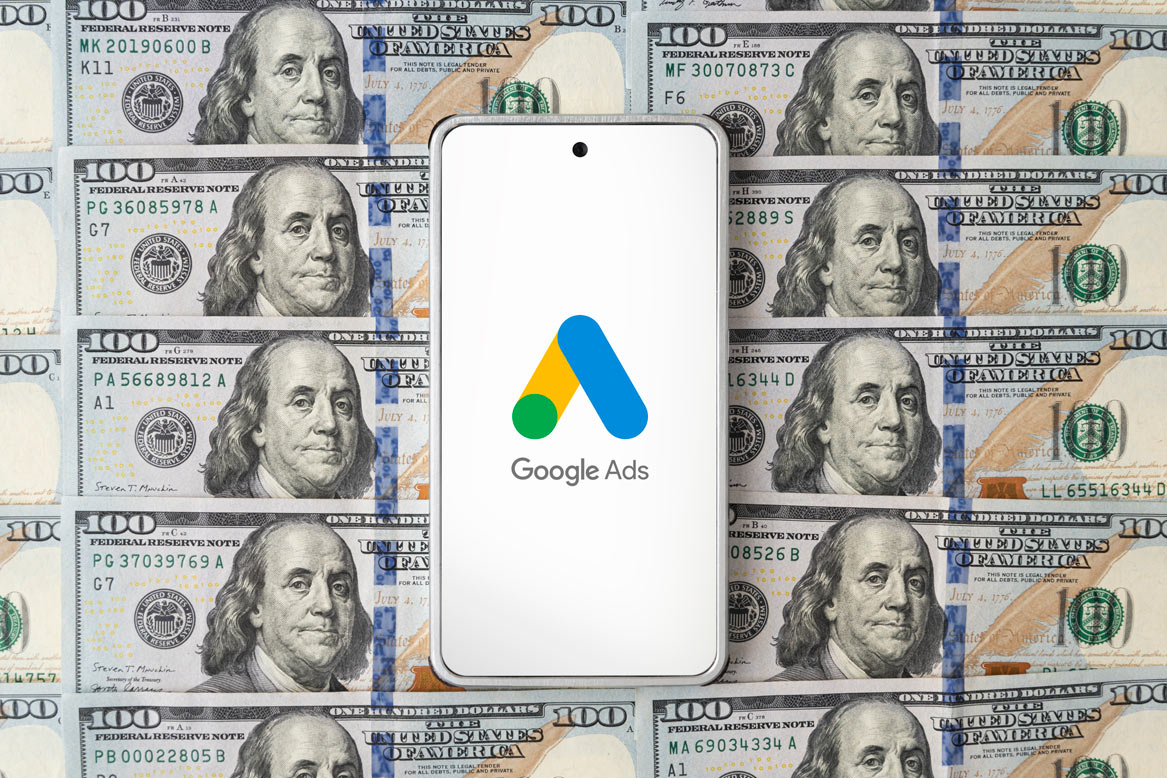I sat through a seminar this past week that I found very interesting. It was done by Jason Woods from Google AdWords on Mobile Specific Programs. Here are a few important points that I gleaned from the seminar that I wanted to share with you: Google AdWords is recommending that…
Google AdWords
-
-
Get the AdWords Time Machine Cranked Up Again
If you are in this business, you’ve heard it too… “I used to have such great results on Google AdWords back in 2006. Why can’t you just roll my account back to those settings. Surely I will get more clicks and activity at a cheaper price!” There is no time…
-
Reviewing Ad Profitability: ROAS – Metrics Part One
ROI also known as ROAS (Return on Ad Spend) is just one important metric to monitor to make sure your AdWords advertising plan is working for you. The formula for ROAS is shown below: ((Sales less AdWords Spend) divided by AdWords Spend) times 100 This yields a percentage that is an important…
-
How Do You Know How Much a Click Will Cost on AdWords?
So you want to try AdWords, but want to make sure you will get performance. You understand you need a high enough maximum cost per click to be in the auction and your daily budget needs to be high enough to support your maximum cost per click to get AdWords…






